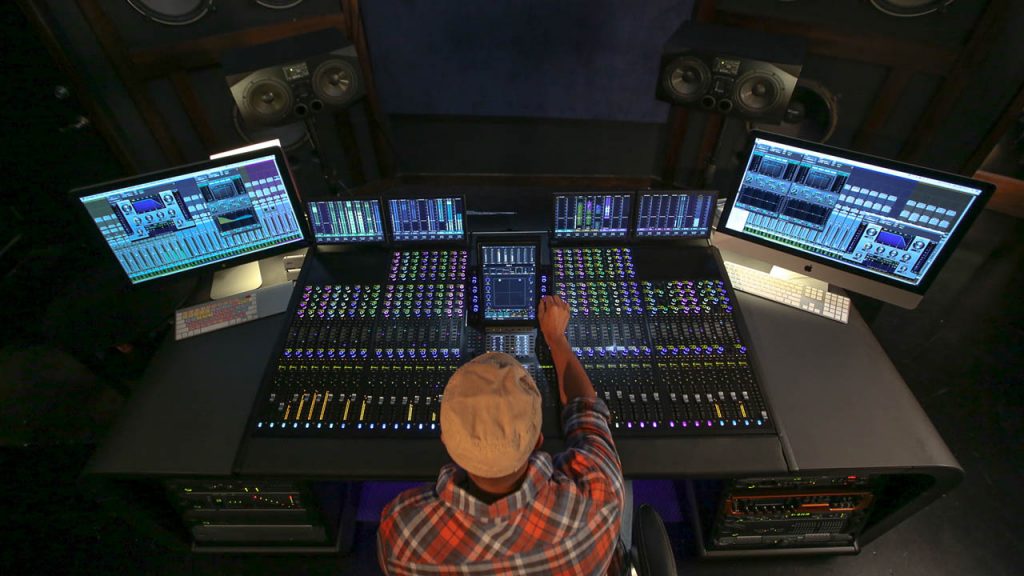
You have a melody, a bassline, a synth lead, or a guitar riff. It’s either spinning around in your head or looping around in your DAW. What to do with it? How to turn it into a song? Follow these nuggets of song-creation wisdom to learn …
Have you ever had the finest concept for a bassline? Or produced the most melodic lead line ever? Or even develop the most remarkable drum loop of all time? How about that guitar riff that was going to change the world? Yes, we’ve all existed, had an inspired concept for a song part, rushed it into our DAW and after that it’s not gone any further than an eight-bar loop and is still festering on your hard disk drive 10 years later, goading you. It’s the concept that never established, the tune that never ever was. ‘I will be a hit single one day; don’t delete me,’ it says.
Well, the tech is here to help us with all aspects of music production, including expanding concepts, riffs, beats and bass notes into totally fledged tunes. Here are 6 of the very best routes to songwriting those ideas will never ever ridicule you again …
1Never leave a loop
Admit it, how numerous tunes have you got on your hard drive that are simply 4, 8 or 16 bars looped? How does that make you feel when you open them after months away? Depressed, ideal? So, the mental obstacle here is the loop.
Break out of the loop even if it’s simply a case of pushing Cmd-R to duplicate your loop to bet three minutes and the next time you open that idea up, you will not see a loop, you will see a tune taking shape. Break out of the loop, add some automation and other variations and you are halfway there.
2Use your DAW effectively
DAWs are fantastic for throwing ideas onto a page and playing them alongside other tracks. Putting basses with leads, beats with vocals and so on. But did you know your DAW (extremely probably) has particular functions for songwriting, where it can area off your concepts into verses, choruses, bridges and so on for you?
Lots of DAWs featured these song-creation possibilities, however we either don’t understand about them or never ever use them, so take advantage of what you might not know you already have!
3Generate those ideas
Get this: you are just one fantastic chord progression far from a song. What’s that? You do not understand anything about chords? Don’t stress; again, your DAW may well have the answer. For example, professional Studios has Chord Track and Logic has Chord Trigger. At the really least, these will enable you to play the proper chord around a particular note; at the extremely most, they may even recommend good progressions for you. Progress that concept along a chordal path and you’ll be in hit-single area in no time.
You should also examine the random options you may have for a song or melody generation too. Some DAWs have random MIDI plug-ins (Ableton Live’s Random or Reaper’s MIDI Ex Machina for example) which, fine, are less predictable than a great chord generator– but sometimes the finest ideas can originate from the most random occasions …

4Dedicated software
If you do not use a DAW that has chordal, random or other songwriting functions, don’t worry as there are options (but do consider altering your DAW as, frankly, your one sounds a bit rubbish). There are a lot of devoted ‘concepts’ apps out there that will assist create songs or a minimum of paths to them. User-friendly Audio’s Chord Composer Mixed In Key’s Captain Chords and Audiomodern’s Random Chords Generator PRO is simply 3 devoted apps to help you build chords and generate more concepts, the latter with a random aspect thrown in, too.
5Play your DAW
You ‘d be surprised at how really playing an instrument can influence you; sitting down at a roper piano, for instance, can certainly be more immersive and innovative than sitting in front of a thousand plug-ins on your DAW screen, controlling the entire thing with a mouse. So get yourself a fantastic controller and discover to physically play your DAW.
Improve the power with a keyboard such as Native Instruments’ Komplete Kontrol (which will assist you gain access to functions and criteria with the twist of a dial) or Push (which will inspire you while you ‘play’ Live). Jam with your DAW and the concepts will stream, guaranteed.
6Pair up
It’s the final resort, we know, however actually dealing with another human might well be your ticket to a great tune. If you find yourself gazing at your cursor biking around a tune in between bars one and eight, maybe that good friend, relative or totally random stranger might be able to recommend a route to song heaven. 2 heads are better than one, and partnership can be your secret to success. The only problem is you’ll have to split all those songwriting royalties, however constantly keep in mind: 50 per cent of something is much better than 100 percent of absolutely nothing

